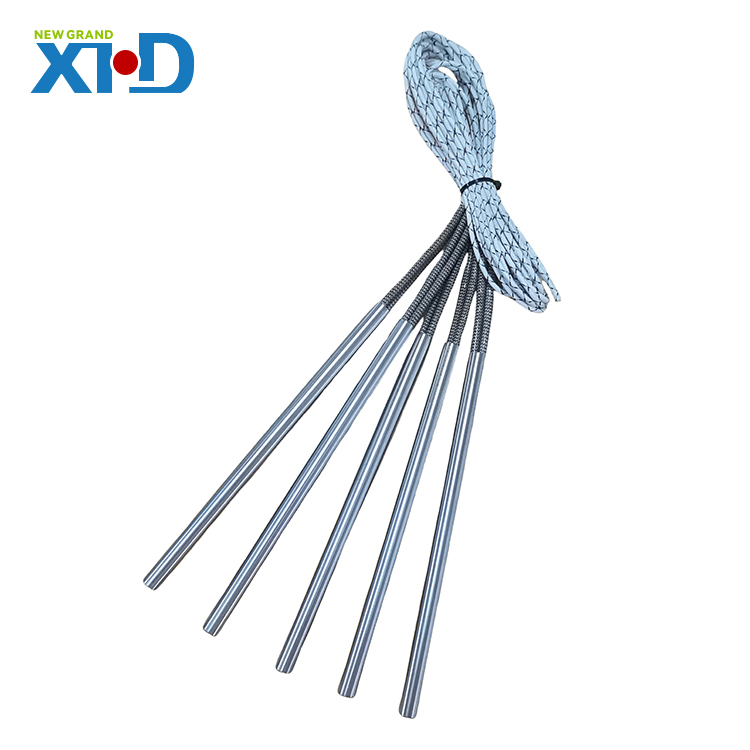
Every time I see a factory's million-dollar equipment malfunction due to the wrong cartridge heaters, I feel for the boss. Don't underestimate the small size of a cartridge heaters; choosing the wrong one can cost you dearly in minutes. Today, let's discuss the key factors to consider when choosing a cartridge heaters.
1. More Wattage Isn't Always Better
Many people assume that higher wattage heats faster, leading to uncontrolled temperatures and burns. Just like charging your phone, you shouldn't use 5V or 20W fast chargers indiscriminately. You must calculate the required wattage based on the material and size of the object being heated, leaving a 20% safety margin.
2. Diameter Matching is Key
The ideal ratio is for the heating hole diameter to be 0.1-0.3mm larger than the cartridge heaters diameter. Too tight won't fit, and too loose won't dissipate heat evenly. Last time, a customer forced the cartridge heaters into a small hole, causing the hose to deform and leak, disrupting the entire production line.
3. Surface load determines lifespan
This technical term simply means "how high a temperature the heater surface can withstand." Aluminum uses 15W/cm², and stainless steel uses 25W/cm². Exceeding this value will cause the heater to collapse, much like someone working overtime for a long time.
4. Design the wiring method to be foolproof
Select the wiring method based on the installation environment: use ceramic sealed connectors for humid environments and stainless steel housings for high-temperature areas. The most outrageous case I've seen is someone soaking 220V wiring directly in coolant, which shorted out within three days.

5. Choose the material based on the operating conditions
Use 304 stainless steel for general heating.
Use 316L for corrosive environments.
Use Incoloy alloy for ultra-high temperature requirements. Just like a frying pan, iron, non-stick, and stainless steel all have their uses. Don't use a stew pot for stir-frying.
6. Remember the temperature probe location
Where the temperature sensor is installed directly affects temperature control accuracy. It's recommended to install the probe in a location closest to the heating element but still able to accurately reflect the temperature. Don't follow the example of some manufacturers who install the probe directly below the heating element, which results in the measured temperature always being 20°C lower than the actual temperature.
7. Brand isn't the only criterion
Imported brands offer consistent quality but are more expensive. Domestic brands offer better value, but be sure to look for ISO certification. The key is to consider the actual operating conditions—for example, when choosing a heating element for an injection molding machine, products from a major domestic manufacturer are more resistant to frequent starts and stops than imported ones.
Summary
Choosing a heating element is like getting glasses: the prescription (power), frame size (diameter), and lens material (heating element material) are all crucial. Before your next purchase, make a list of these seven key factors to ensure you avoid 90% of pitfalls.
As a professional manufacturer and supplier, we provide high-quality products. If you are interested in our products or have any questions, please feel free to contact us.